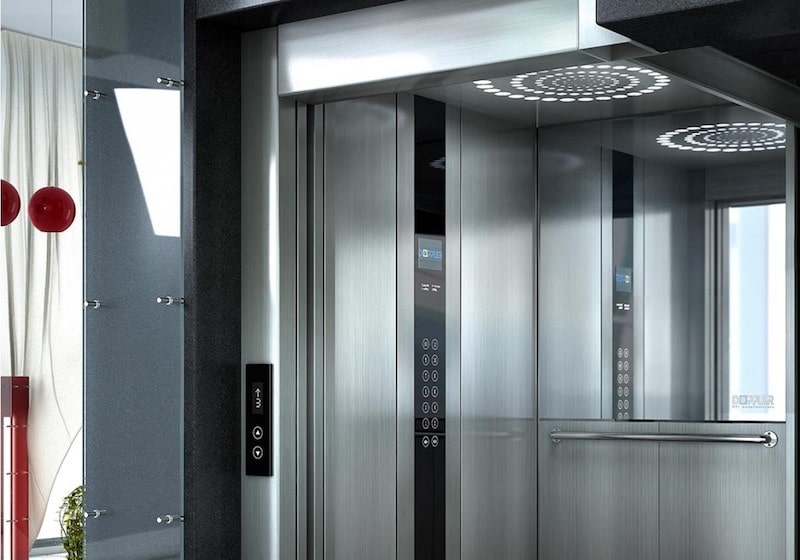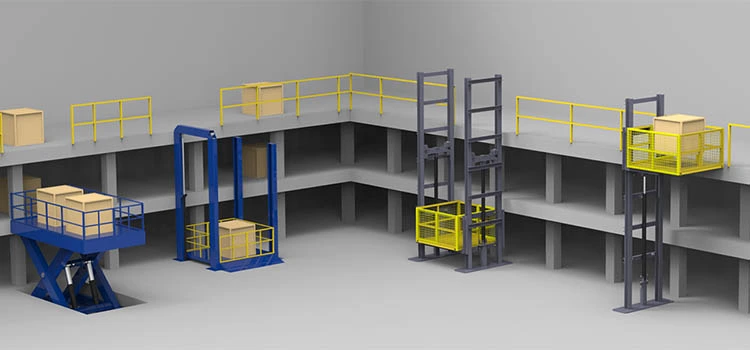Leading Lift Companies in London: Providing Exceptional Solution and Support
Leading Lift Companies in London: Providing Exceptional Solution and Support
Blog Article
Unraveling the Intricacies of Lift Innovation: Troubleshooting Common Troubles Throughout Lift Designs
In the world of lift modern technology, a myriad of complexities usually exist under the surface of what seems an uncomplicated system. From slow-moving operation concerns to peculiar noises rising from the equipment, troubleshooting typical troubles across various lift designs demands an eager eye for detail and an organized technique - repair and maintenance services. As we start this journey to unravel the complexities that can plague these necessary tools, a deeper understanding of the internal workings and prospective challenges of lift innovation is vital. Keep tuned as we navigate via the labyrinth of lift breakdowns, looking for services to the enigmatic issues that can disrupt the smooth functioning of these vital apparatuses.
Identifying Slow Procedure Issues

Next, examine the electrical connections to guarantee that all parts are appropriately linked and operating. Malfunctioning circuitry or loosened connections can cause reduce operation or full malfunction of the lift system. In addition, it is necessary to check the control system to determine if the concern depends on the programming or sensors.
If the visual assessment and electric checks do not expose the origin of the slow-moving procedure, more analysis examinations may be required. These might consist of pressure tests for hydraulic systems, voltage examinations for electric parts, or running analysis software for the control system. repair and maintenance services. By complying with a methodical strategy to repairing slow-moving procedure problems, you can effectively determine and solve the trouble, making certain the lift operates securely and successfully
Attending To Weird Sounds
To successfully troubleshoot lift technology for weird noises, an extensive assessment of the lift components following the recognition of slow-moving procedure problems is crucial. Unusual noises in lifts can be indicative of underlying problems that need timely attention to make sure the safety and security and integrity of the system. Usual sources of weird sounds in lifts include worn-out or misaligned wheels, harmed motor bearings, loose or damaged suspension ropes, and malfunctioning control systems. When addressing odd sounds, it is necessary to conduct a methodical evaluation of these parts to pinpoint the precise cause of the noise accurately. This might entail examining for any visible indicators of deterioration, testing the performance of electric motor bearings, tightening loose connections, and oiling moving components as needed.
Additionally, it is essential to refer to the lift supplier's maintenance standards and seek aid from qualified technicians when dealing with intricate lift components or unknown troubleshooting procedures. By quickly addressing weird noises and settling underlying issues, lift operators can make sure the optimal efficiency and safety of the lift system for guests and drivers.
Resolving Faulty Control Issues
A reliable technique for resolving faulty control troubles in lift innovation includes conducting a thorough analysis of the control system's components and functionality. When encountering problems with lift controls, it is crucial to initial check for any kind of loosened links, damaged electrical wiring, or malfunctioning sensing units. Validating that all control buttons, keypads, and display screens are operating properly is additionally vital in detecting the trouble properly.
If no visible concerns are evident, technicians need to continue to evaluate the control board for any signs of water rust, damage, or overheating, as these can usually result in control malfunctions. Furthermore, resetting the control system or upgrading the software might help deal with particular glitches or bugs causing the problem.

Tackling Hydraulic System Malfunctions
The effectiveness of hydraulic systems in lifts relies heavily on the proper functioning of various parts within the system. When hydraulic systems breakdown in lifts, it can lead to operational disturbances and safety worries.
An additional regular hydraulic system breakdown is a loss of pressure, which can arise from we maintain lifts air entering the system, fluid contamination, or pump inefficiencies. Technicians can resolve this by hemorrhaging the system to eliminate air, changing infected fluid, or servicing the pump as needed. In addition, abnormalities in hydraulic liquid levels or unusual sounds throughout lift procedure may show underlying system malfunctions that need immediate interest to stop additional damage. Regular upkeep and prompt troubleshooting of hydraulic system concerns are important to making sure the reliable and safe operation of lift modern technology.
Handling Electrical Part Failings
Addressing electrical component failings in lift innovation demands a systematic strategy to identifying and settling concerns to keep functional capability and safety and security standards. When coming across electric problems in lift systems, it is vital to very first conduct a comprehensive examination of the electrical elements, including control board, circuitry, sensors, and motherboard. Any kind of indications of damages, deterioration, loosened connections, or charred components ought to be meticulously kept in mind and resolved immediately to avoid more issues.
In the situation of electric part failures, it is important to follow maker standards for troubleshooting and repair procedures. This might involve examining the parts utilizing multimeters, oscilloscopes, or other analysis tools to determine the specific source of the breakdown. Additionally, having a thorough understanding of the lift's electrical schematics and electrical wiring diagrams can aid in determining and remedying concerns effectively.
Normal maintenance and inspection schedules can aid stop electric failings by spotting prospective issues early on. Proper training for lift specialists on electrical systems and components is additionally crucial to ensure precise medical diagnosis and effective resolution of electrical problems, ultimately adding to the general security and integrity of lift procedures.
Final Thought
To conclude, fixing lift technology requires a systematic method to identify and attend to common problems such as sluggish procedure, strange noises, faulty controls, hydraulic system malfunctions, and electrical element failures. By recognizing the intricacies of lift technology and complying with correct troubleshooting actions, specialists can properly fix problems and ensure the effective and secure operation of lifts throughout different designs.
To successfully fix lift technology for odd noises, an extensive evaluation of the lift elements following the recognition of sluggish procedure concerns is essential. Strange noises in lifts can be a sign of underlying troubles that call for prompt focus to make certain the safety and dependability of the system.An effective approach for attending to damaged control issues in lift technology includes performing an extensive analysis of the control system's parts and functionality.The efficiency of hydraulic systems in lifts depends heavily on the correct functioning of different elements within the system. repair and maintenance services. When running into electric problems in lift systems, it is important to initial carry out a complete assessment of the electric parts, consisting of control panels, circuitry, sensing units, and circuit boards
Report this page